The Article
SGA1 Headphone Amplifier From Soncoz
24th September 2021
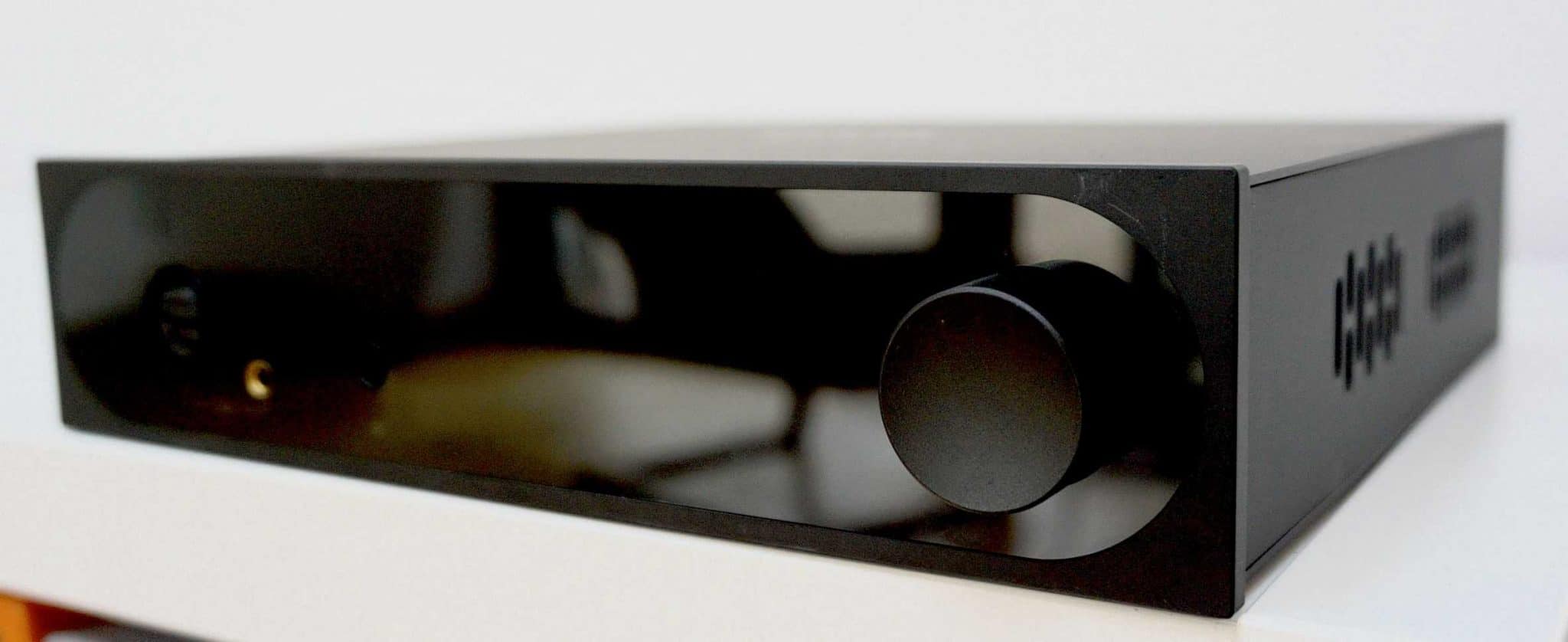
Fully balanced with the addition of a pre-amp to boot, Paul Rigby reviews the SGA1 headphone amplifier
Of all of the popular and upcoming hi-fi brands that are emerging or have emerged from China, Soncoz tends to receive less attention than its contemporaries. The social media buzz, for example, around the Soncoz name is, at least in my experience, never that great.
Which is a shame because Soncoz is always worthy of attention. I find them to be different from much of the competition. The aesthetic, the design and even the sound. I found that there was much to like about their low-cost DAC, released a little while ago, called the LA-QXD1, for example.
This new headphone amplifier is no different. It catches the eye and is intriguing in design terms being fully balanced (although single ended is also supported) but also bundling a pre-amp, a possibly useful addition.
Arriving in either silver or black, the SGA1 is an appreciable size, spanning 250 x 225 x 55mm. The weight doesn’t really tally with that size though. Looking at the chassis, you expect it to be a weightier box but it’s rather deceiving because there’s only 2kg in there.
In the box, apart from the SGA1, there’s a multi-lingual leaflet acting as a manual which packs a lot into its small space, a common practice from Chinese hi-fi companies, I find. Theres also a power cable and headphone socket convertor from 6.35mm to 3.5mm.
On the today front fascia you will see two flavours of balanced connection of the far left: a 4-pin XLR and a 4.4mm Pentaconn. To the right of those is a single-ended 6.35mm socket. Moving across the large OLED read out window we end up at a multi-function rotary knob that can be rotated and pressed in.
On the rear are single-ended and balanced inputs and outputs, an IEC power socket and rocker power switch.
Selecting the volume, headphone gain, inputs and outputs are all done via the multifunction knob on the front fascia. In broad terms, selecting an option means pressing the knob inwards to enter the menu mode and then rotating left or right to roam across the options.
Pressing that knob in again forces a selection. Once you select the input, for example, you move down a into a second level to decide upon a single-ended input or a balanced input. A quick press in of the rotary knob selects your required choice.
Changing these settings only occurs after a second’s thought by the SGA1 so rapid volume changes won’t immediately be registered by the screen. I recommend taking it slow to allow the software to keep up. This relay delay in gives, as the company has it, ‘pop free’ performance and saves your ears. This is software controlled which, says the company, is more reliable than a hardware system.
Finally, volume settings relating to source settings are remembered. Hence, if you connect this amplifier to your hi-fi via single-ended mode and then balanced mode, the SGA1 will memorise your volume and gain settings on each combination of input and output.
The Soncoz uses a MUSE72320 electronic volume adjustment resistance ladder circuit, incidentally.
You only need a few minutes to familiarise yourself this menu system and the selection options before you’ll be zipping across it.
The company brags about its toroidal transformer, high-quality capacitors and its multiple op-amp units along with internal isolation shielding but how does this thing actually sound? Let’s have a look.
SOUND QUALITY
I started in single-ended mode throughout via the HD800 headphones with a Kimber cable upgrade. So that meant single-ended to my reference hifi and to the headphones. I listened to CD and Depeche Mode’s Personal Jesus from the album, Violator.
The single-ended performance was interesting indeed because it offered a relatively even-toned, neutral presentation. There was no undisciplined frequency emphasis here. No badly behaved mids or bass to cause listening fatigue. The basic, core sound here was clean and well mannered.
This is essential as a bedrock to any hi-fi component. Get this wrong and every other element will be skewed or distorted from that point. So a good start then by the SGA1.
The upper frequencies were surprisingly good in single-ended mode. There was much to like with good insight from the varied synth lines and vocal delivery providing good emotional insight. I was pleased to hear the emergence of quite shy elements across the wide soundstage. An acoustic guitar which appeared only of a couple occasions was noted by the SGA1
On the other hand, bass was a little recessed. I wanted to hear punch and power on this track and it really wasn’t there. On this one point, the song lacked presence and this song demanded presence to fully succeed. Especially during the later, extended instrumental section. There was no heart to the song here. Lots of detail, lots of information some lovely fragility in the upper mids and great dynamic reach from those upper mids but the bottom end was lacking.
BALANCED MODE
I turned to a balanced headphone connection, a Pentaconn variant on my HD600 S headphones, to see if that might change anything.
Now this was more like it! The detail from the mids remained, as did the dynamic reach around the upper frequencies in general terms. If anything, this area was extended tad. What really changed though was the improvement in tonal balance.
The bass was suddenly back and with some vengeance too. This track needs power to drive it forward and the balanced connection certainly provided that. The added mass gave the song drive, a forward motion that swung the hips and forced the head into a classical nodding configuration.
The great thing about the balanced connection was that it introduced bass as a mature addition. It didn’t act like a Loudness button, swamping the soundstage with lower end frequencies in some sort of frantic torrent.
Hence, the detail and the open nature of the midrange remained and that information was never masked. In fact, that same information now offered a maturity and richness which made this area all the more attractive.
I then connected the SGA1 to my reference hi-fi in balanced mode, which added more maturity and a smoothing of the midrange. The upper frequencies as a whole now glided across the soundstage in a relaxed and unhurried manner. The noise floor lowered appreciably here, allowing reverb tails to be extended on those effects and instruments that had them and new reverb to was added to those that did not.
All of which made the SGA1 sound, well sound more expensive frankly. The sound offered a luxurious playback now. More than that, the bass remained massy and powerful and still did not mask or veil detail yet was now better integrated into the mix as a whole. There was nothing flashy in the bass regions now. The bass had a job to do, it got on with it and didn’t fuss while it did it.
This performance level was backed up when playing the vinyl version of ELO’s First Movement (Jumping Biz), an instrumental fronted by an acoustic (Spanish?) guitar and backed by violins and cellos plus percussion. The instrumental separation on this track allowed a heap of detail to spring forth. Each and every instrument on this track could be picked out and followed independently while each offered enough detail to the mix to delight the ear.
Cymbal taps offered delicacy and reverb while bass-driven percussion provided power but, once more, there was no threat of masking between the two. Each was allowed to offer the ear maximum effort.
PRE-AMP MODE
As for the pre-amp section of this unit? I was impressed. Hooking up a pair of powered speakers like the Kanto YU4s, the speakers pushed up the sonic quality ladder by a couple of rungs, adding a new even-handed sense of performance and a 3D effect around the central stereo image. Of course, the Kantos were hampered by their own inherent issues but the SGA1 still had them performing out of their skin, allowing these speakers to reach a level of midrange insight that they could only have dreamed about previously. What the SGA1 gave to the Kanto powered speakers was a sense of the lively combined with enough raw quality that allowed the Kanto speakers a real, skipping-through-the-daisies sense of fun.
CONCLUSION
As a pre-amp, the SGA1 is a valuable addition to any small footprint hi-fi system. It can lift other low-cost components to a higher level. Giving the system as a whole a sheen of quality. I wouldn’t buy the SGA1 purely as a pre-amp but it’s a great bonus for anyone looking for a headphone amplifier.
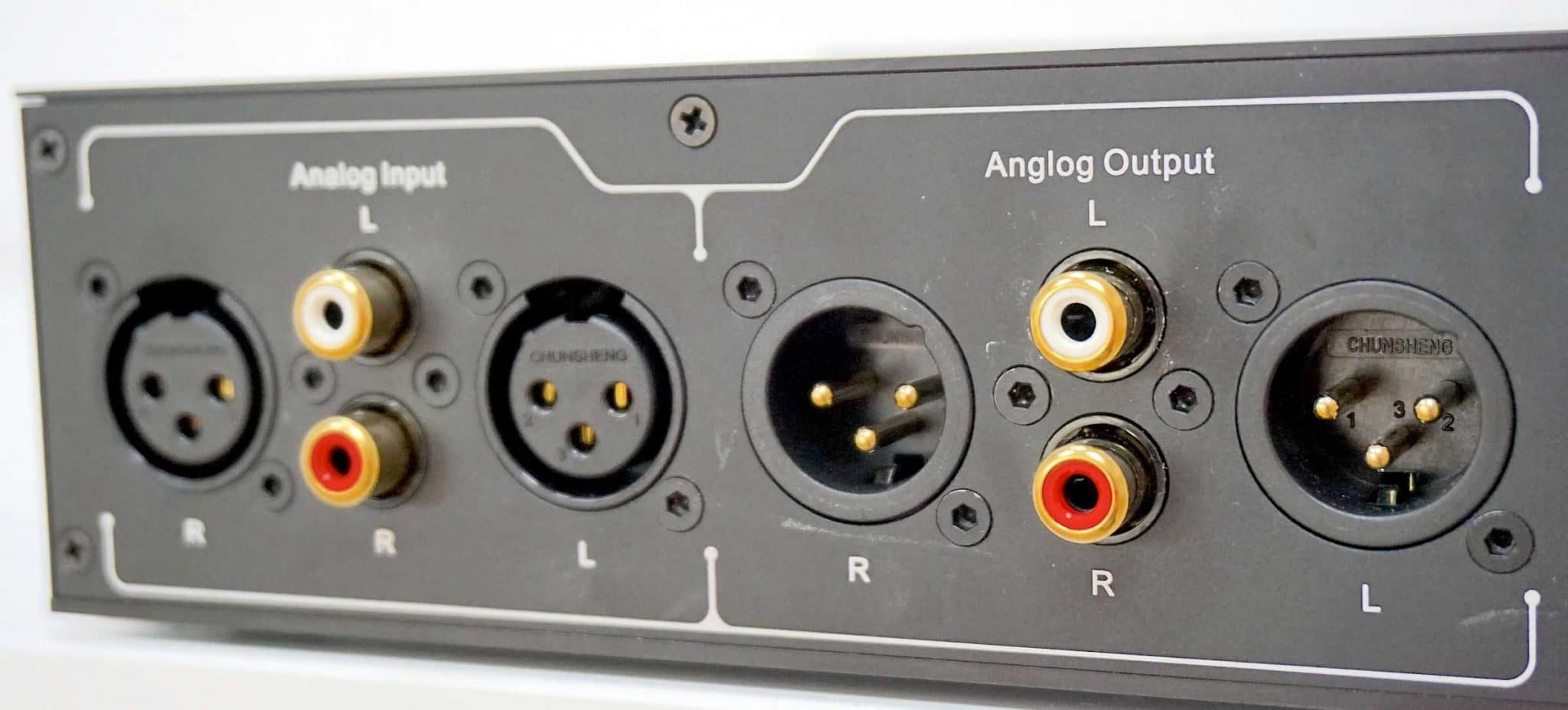
As a headphone amplifier, the performance in singled-ended mode was underwhelming. During the tests, I felt as if I was getting half of the sound output with bass still asleep in bed. The detail and information was there but it lacked drive. Single-ended mode is still the dominant connection option for most users so the attendant performance from the SGA1 may hurt sales on that one point alone.
If you do run balanced hardwire though, well that’s a different story and the Soncoz is a wholly different beast in this mode.
When balanced mode was introduced, the SGA1 sprang to life and put on a real show. Detail and information now revealed itself upon a firm and solid foundation. The resultant tonal balance produced a seasoned and abundant soundstage that was full of individual highlights for the ear to pick out.
To confirm, as a headphone amplifier, I would only look to buy the SGA1 if you have a pair of balanced headphones and/or a balanced connection from your supporting hi-fi chain. Balanced mode provides a suite of sonic highlights and provides a top notch, mature sound. If you can go balanced, you’ll have a great time with the SGA1.
SONCOZ SGA1 HEADPHONE AMPLIFIER
Price: £470
Website: HiFi Go @ https://bit.ly/3tVNi9b
GOOD: interface, balanced options, balanced performance, pre-amp performance
BAD: single-ended performance
RATING: 7
[Don’t forget to check out my Patreon Page at www.patreon.com/audiophileman, for exclusive postings and more!]
REFERENCE
Origin Live Sovereign turntable
Origin Live Enterprise 12″ arm
Van Den Hul Crimson XGW Stradivarius Cartridge
Icon PS3 phono amplifier
Aesthetix Calypso pre-amp
Sennheiser HD800 headphones
Blue Horizon Professional Rack System

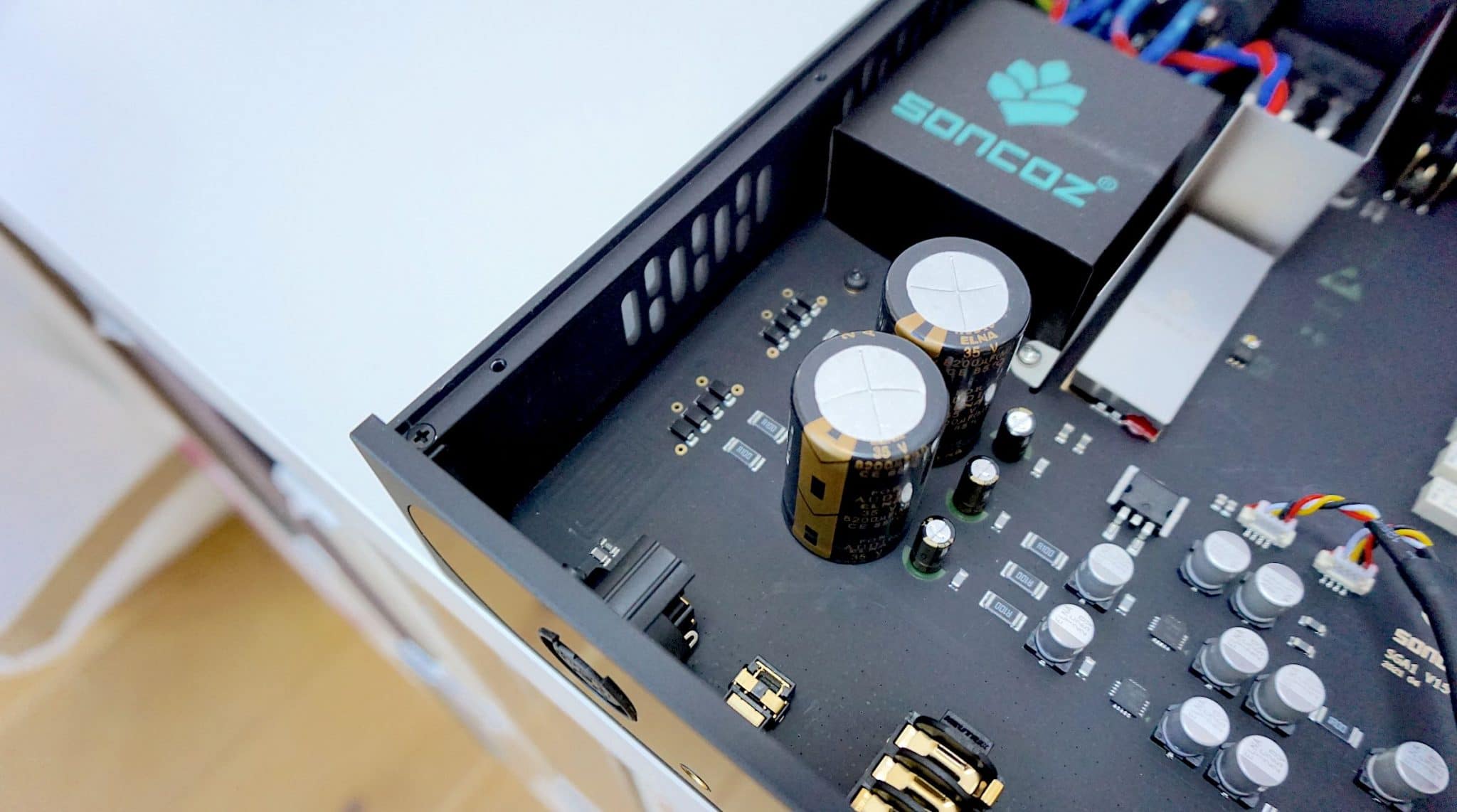
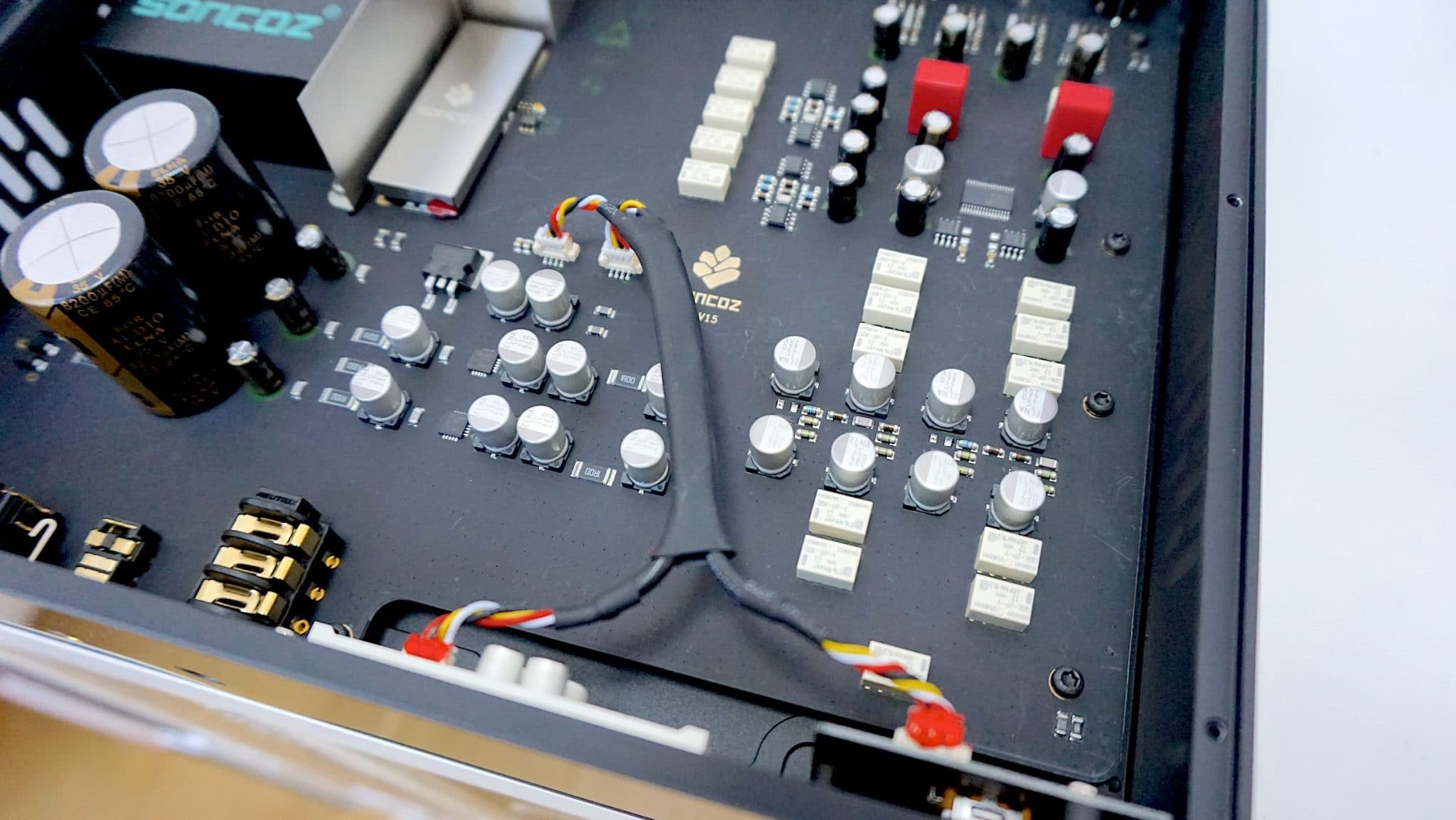
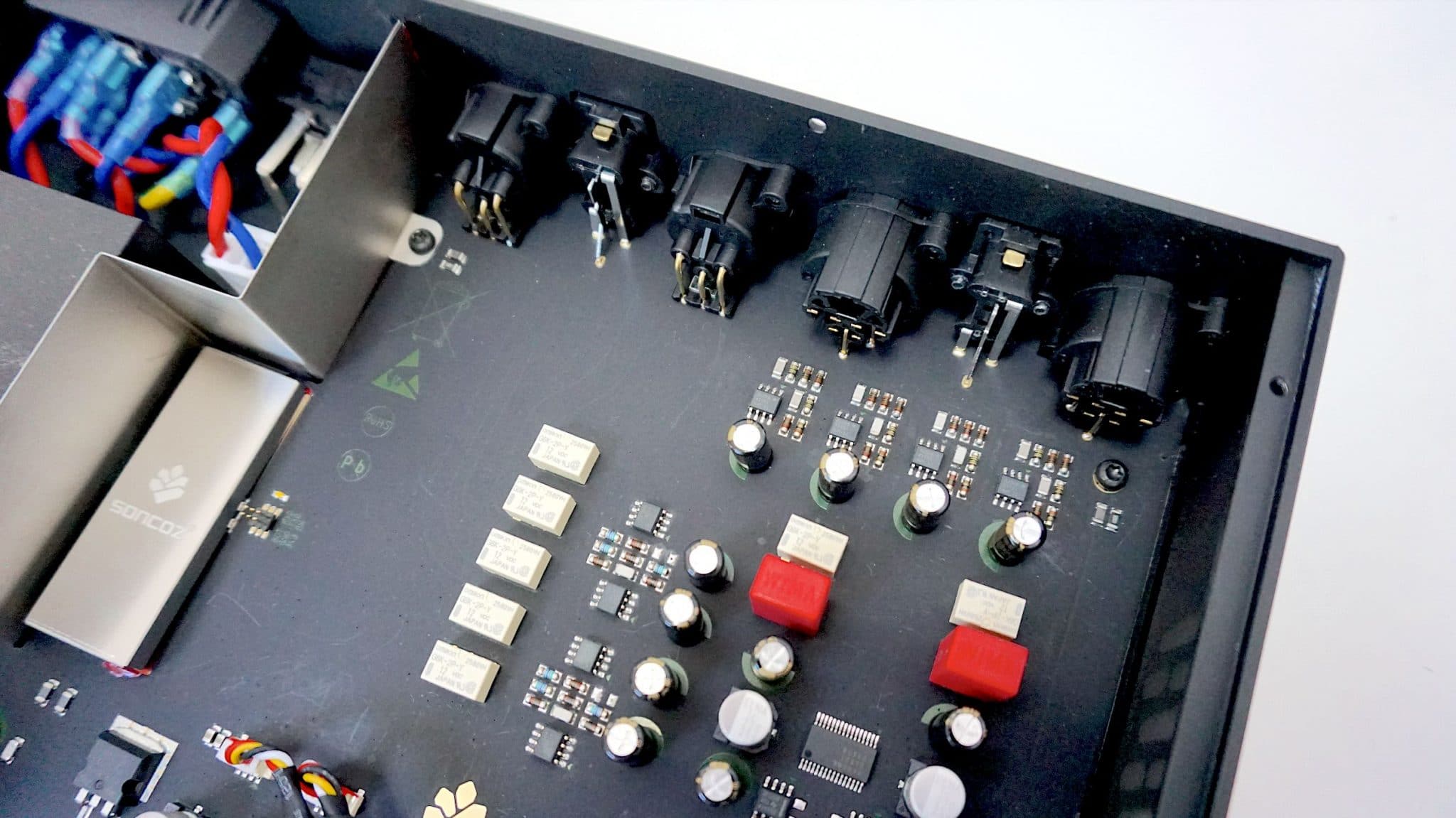
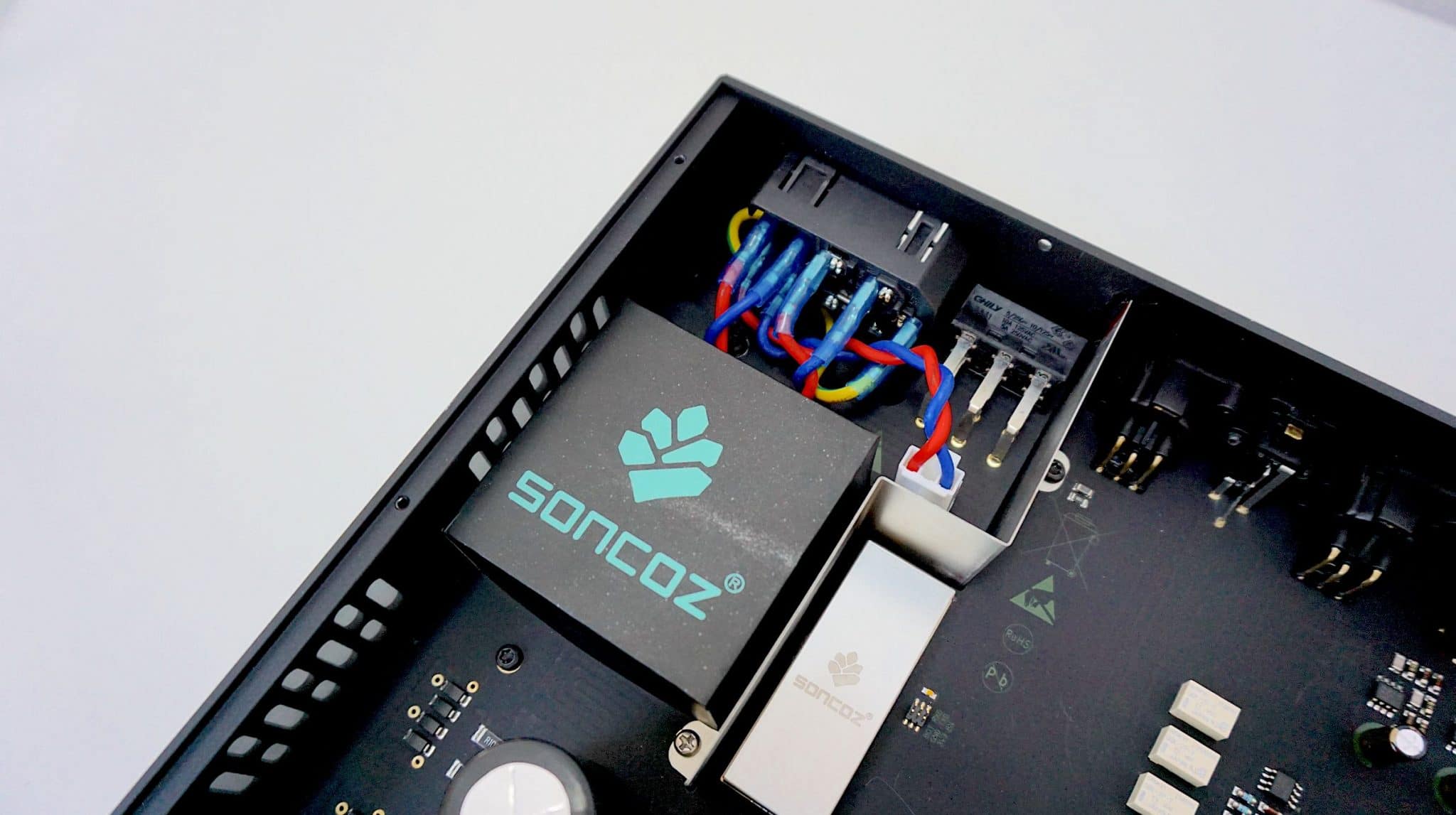
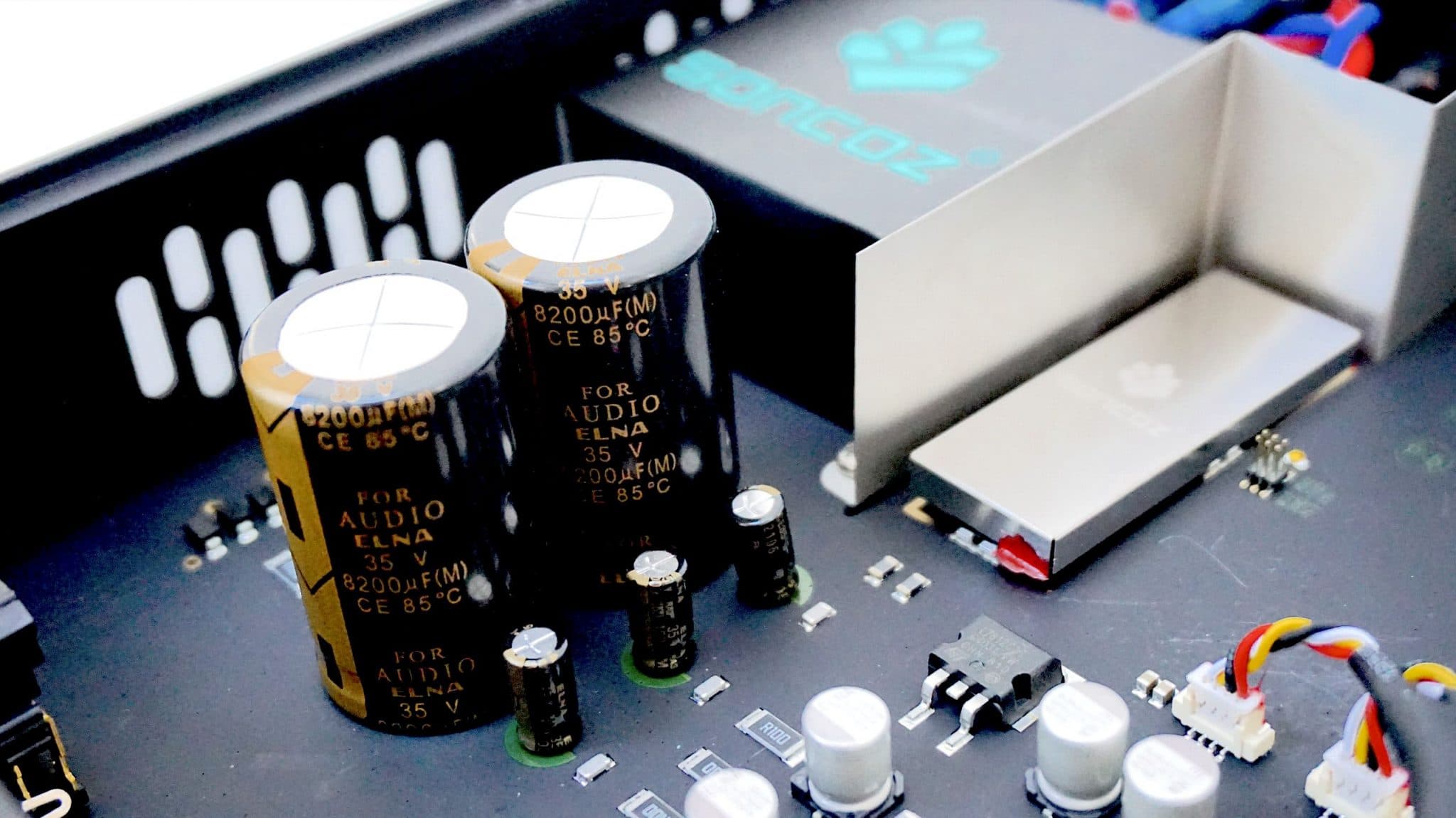
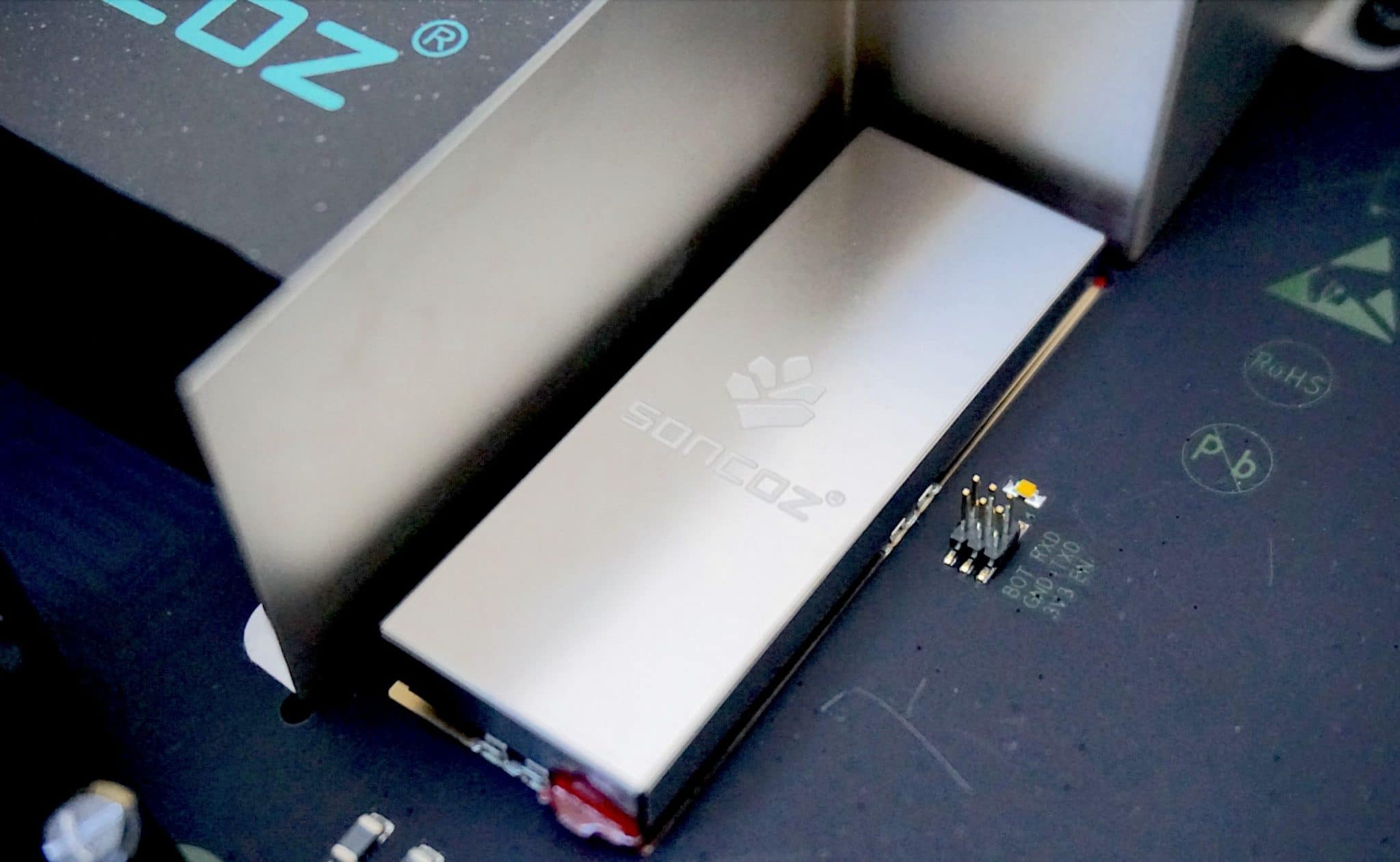


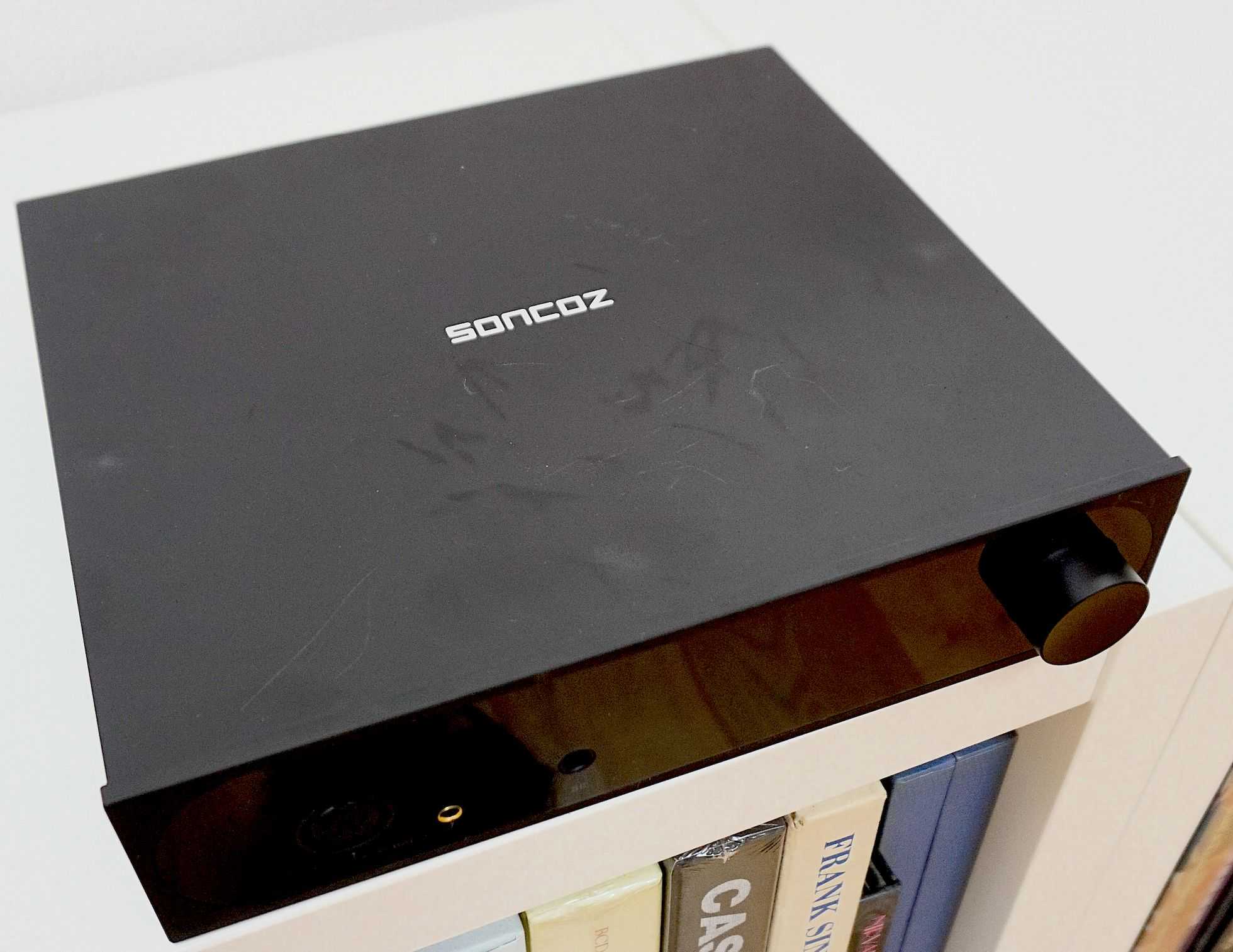
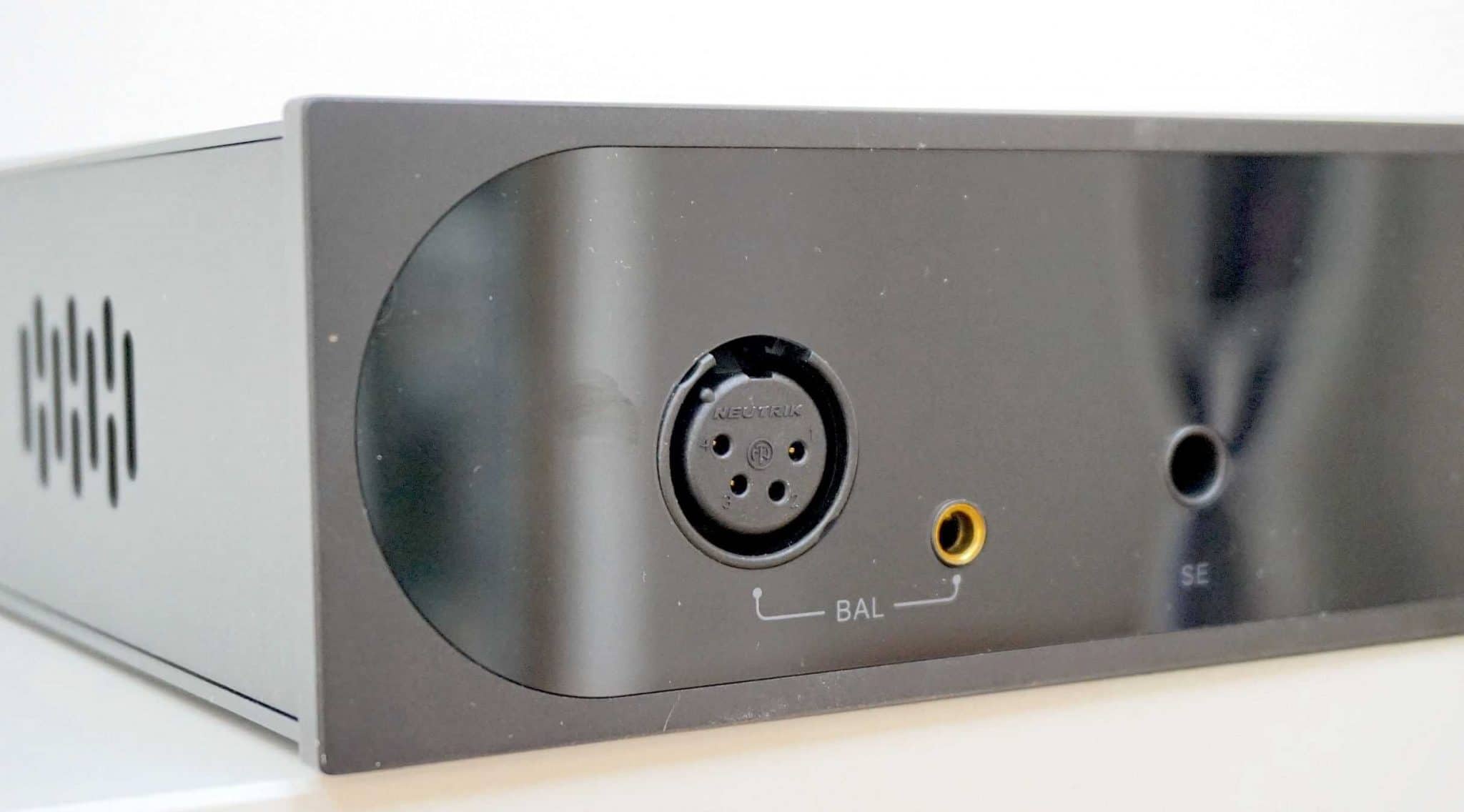
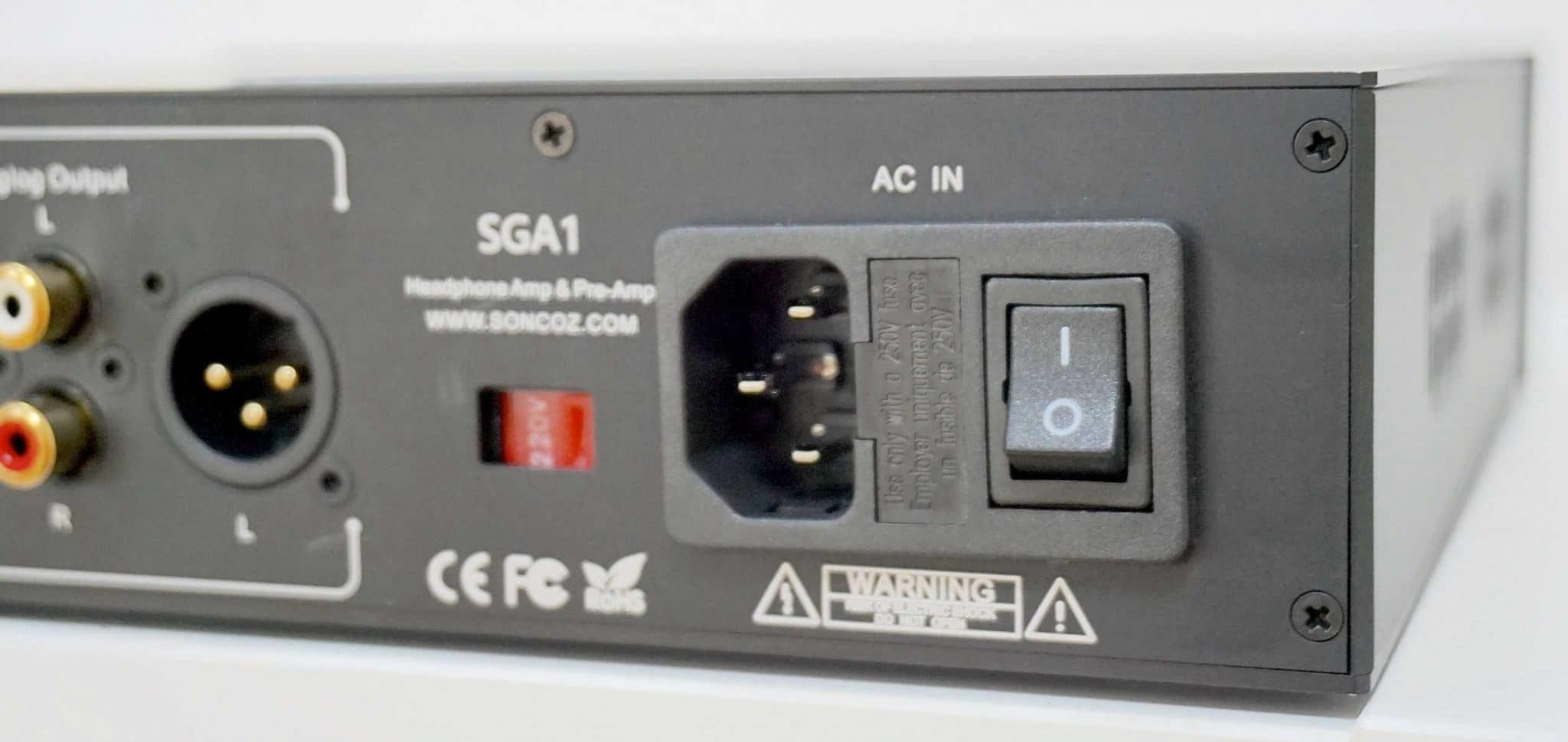
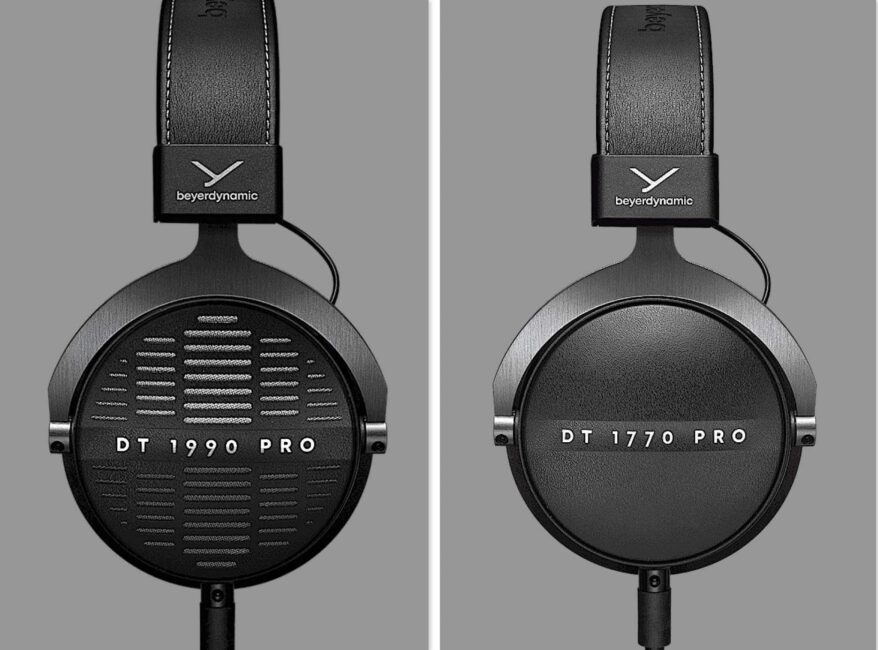

why are you reviewing a product from china ? after the trouble that country has caused so much upheaval anything from china needs to be boycotted,
John – if I was to be fair to the hi-fi company, Soncoz and also associate egregious behaviour with every other hi-fi company’s host country then I would end up with an empty website. There’s plenty of guilt to go around.
Understand this, politics is *not* part of this website and never will be. If you have issues with Soncoz itself, boycott its products.
In the meantime, I will continue to review any product I find of interest and won’t be pressurised otherwise. Similarly, if that offends you then by all means avoid this site.
Hello Paul, this question is purely hypothetical at the moment, until such time as I get round to buying a new headphone amp.
If I get around to buying a new amp with a balanced output, would you think it worthwhile to equip my Focal Elegias with a balanced cable, to make use of that balanced output?
Hi Robert – if a balanced option is available on headphones and/or the accompanying head amp then I would always recommend at least demoing that option because I’ve found consistent sonic improvements going down that route.
Thanks for the review. Can I ask why the overall rating is 7?. I am asking this because for example iFi Zen DAC & AMP took 8 and some other cheaper options had better ratings from you.
So does that mean, I should go with iFi Zen instead of Soncoz? Or is there any other reason to rate such way?
One other question is that if you rate the balanced and unbalanced differently what would be the result?
Sure – I mentioned it in the ‘Bad’ section next to the rating. You’re *paying* for single-ended facilities that don’t perform as they should. If the unit was balanced only, and the company lowered the price accordingly, then the rating would have been higher.